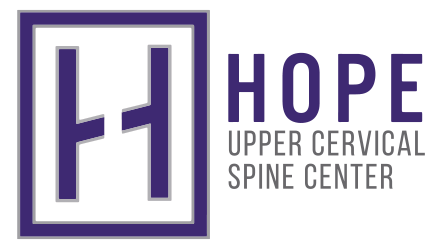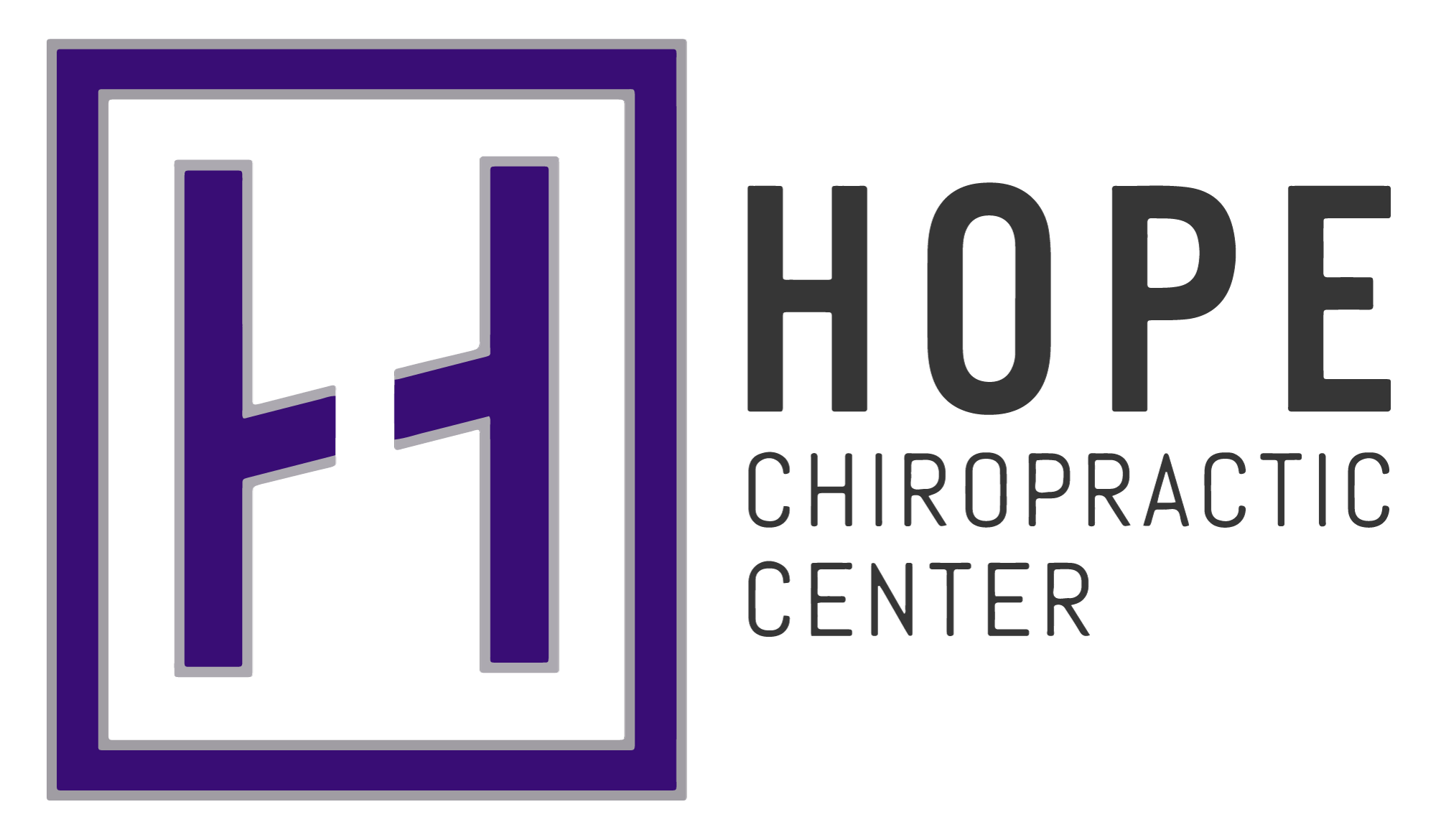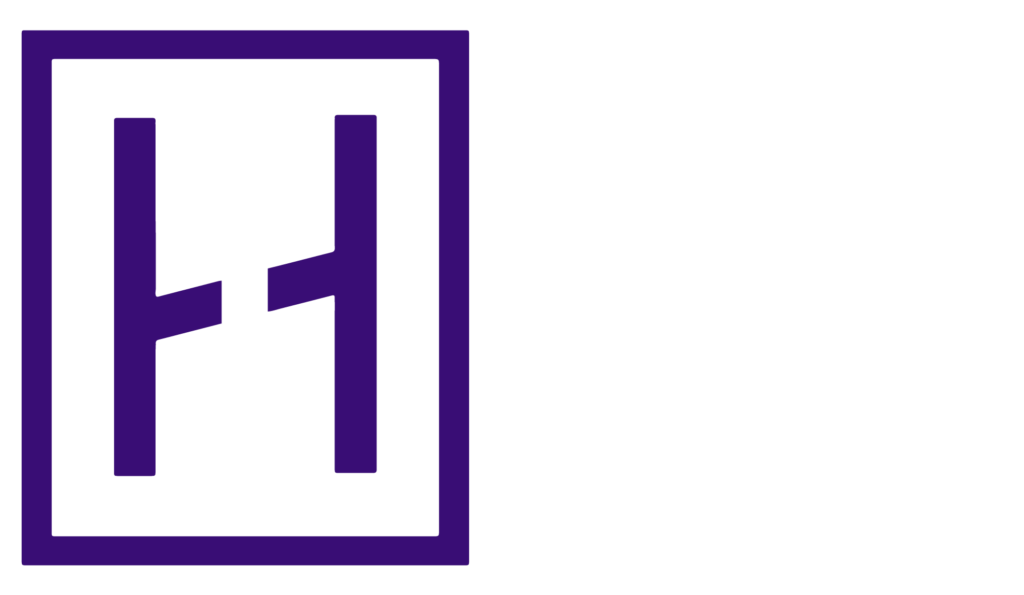You suffered a concussion and now have headaches…
One of the most common documented complaints following a mild traumatic brain injury (mTBI) is a headache.
This is prevalent in both adults and children.
Luckily, for a majority of patients who sustain this type of trauma, the headaches typically resolve within 1 week.
However, if you are one of the unfortunate segment of the population who suffers from post concussion syndrome, these headaches can hang around for months and even years.
This blog is specifically for those who are still suffering from headaches after their mTBI and have yet to find a long term solution for resolving them.
The Basics: What is a Headache?
Often times when we sustain a headache, we complain with descriptive words how it feels.
“My skull is going to burst!”
“I feel a cold rush between my right and left eye!”
“My skull is throbbing!”
Which are all excellent words to help us understand that you are suffering.
However, they really have no volition when it relates to diagnosing the origination of the headache.
What is fascinating about the structure of the brain is that it is not designed with sensory fibers.
Meaning…you could actually cut your skull open, poke your brain with your finger, and not feel it at all.
This gives rise to the question…why does my head hurt then?
Typically, this is a result of irritation or a change in the structures that do sense pain – think blood vessels, muscles, and neck joints.
Once you sustain a mTBI, all three of these structures can be compromised at the same time resulting in what is called a referral pattern.
As a result, there is a change in the way your sensory neurons are perceiving the environment, causing them to move into a state of mal-adaptation.
Now, knowing that in normal biology, all blood vessels typically have a pain fiber to travel alongside them, it gives us a sign to know that the nerves are currently being challenged within your skull as a result of increased blood flow to the brain causing the blood vessels to swell and irritate those fibers.
This is why you have the unique presentation of pain for the type of headache that you suffer.
What is amazing about this is that all headaches are a result of the same issue – a change in the bodies ability to adapt stressors and manage blood vessel diameters, however, EACH person has a UNIQUE expression of a headache when the sustain a mTBI.
With that being said, what is the cause?
Why are my headaches still hanging around after the mTBI?
This is a great question, the answer, lies where your skull and your spine meet!
The Cranio-Cervcial Junction
From an anatomical perspective, the most likely culprit of the basis for your headache is your craniocervical junction (also called your CCJ).
This incredibly rich and complicated neurological region is responsible for coordinating the entire autonomic nervous system.
Most of us are familiar with the autonomic system when I say “fight or flight” or “reset and digest”.
This is an extremely simplified expression of what the autonomic system actually does.
It is responsible for maintaining our bodies ability to adapt to stressors – both internal and external.
This means that no matter what is happening at any one point in time, our body has a subconscious system responsible for coordinating every action that is taking place in your system.
Just think about how many reactions are happening in order for me to be able to type this blog…let alone coordinate the entire human body – it is astronomical.
And when we sustain an mTBI – we compromise this system.
When a head trauma is sustained, often times the structure that suffers the most damage is the cranio-cervical junction.
Think about your skull as an 8lb bowling ball sitting on a golf tee (your spine).
When you have a whip-lash style injury, its as if the 8lb bowling ball just got struck by a massive golf club causing a change in multiple structures related to coordinating the autonomic system (think brain, heart, lungs, digestive system).
As a result you can expect to see some changes in heart rate, blood pressure, digestion, respiration rate because the vital structures responsible for managing the adaptation and coordinated responses of these organs just got rocked with a mTBI.
So – this leads to the question on why some of us continue to sustain a headache for months to years following an mTBI while others seem to spontaneously recover within ten days.
The answer is actually quite simple: how well can your body adapt to stress in the form of thoughts, traumas and toxins and utilize the forces applied for healing.
Adaptation or lack there of…
We understand what happens when we sustain an mTBI.
We also know why we are having headaches and exactly where the culprit is that is causing us to suffer from these terrible symptoms.
Now we need to know why they wont go away and what a potential solution is to solving these problems so we can get back to functioning at our very best!
Knowing that the autonomic system is responsible for coordinating virtually every function of the human body, it would make sense to start with an assessment of this system.
For those of us who have a strong adaptive response to the stress of an mTBI (which causes a loss of neural regulation in the autonomic system), we probably have the ability to restore optimal function with the traditional recommended route of rest till recovery happens.
However, for those of us who continue to express symptoms, I would like to dive into the concept of a loss of neural regulation and a failed restoration of the autonomic system.
When we first discussed why we have headaches following a concussion, we noted that the primary culprit is not the brain, but the nerves surrounding the blood vessels that travel throughout the brain.
In the instance of an mTBI, neural regulation is lost and this causes damage to our autonomic system resulting in a maladaptive response of your brain, heart, lungs, kidneys, pancreas and digestive system.
Who would have thought?
I know right.
However – we do know that the structure responsible for maintaining the integrity of your blood pressure lies within your Cranio-cervical junction (which was the initial location of the sustained trauma) which is also responsible for controlling heart, lungs and kidneys.
This all make sense when we take this one step further and recognize that the primary nerve responsible for the coordinated adaptive response of these organ systems is the Vagus Nerve.
Which just so happens to originate at the Cranio-Cervical junction.
Thus, when you sustained your mTBI, the cranio-cervical junction was damaged causing a condition referred to as attenuated autonomic disorder which resulted in a loss of neural regulation.
This caused a s that led to the myriad of symptoms you are experiencing, including your headaches that have hung around for months on end after the initial event.
Here is the crazy part…most of us will seek medicine before we even have this crucial structure evaluated.
In fact, I would propose that the headaches will continue to present themselves in your life because neural restoration cannot take place until you change the integrity of your cranio-cervical junction.
What do I mean?
The puzzle piece for headaches following a mTBI.
Wrapping this all up.
When an mTBI is sustained, we know that the cranio-cervical junction is indeed the primary area that requires an evaluation to ensure that we have optimal restoration of neural integrity of our autonomic nervous system.
For those of us suffering from headaches for a prolonged period of time following an mTBI, the solution lies in a long standing and well researched form of Specific Chiropractic referred to as Upper Cervical Chiropractic.
This field of Chiropractic focuses entirely on the cranio-cervical junction and the massive impact this area can have on your ability to optimally express health.
When you first consult with a Upper Cervical Specific Chiropractor, we will work through your history of understanding how you sustained your mTBI and the resultant issues you are struggling with.
Having spent a majority of his personal and professional career around the mTBI field, Dr. Kramer understands that often times there is more to the story than just headaches.
We then work with you to evaluate the integrity of your autonomic system through our evaluation.
This involves a two fold approach to understanding how the cranio-cervical junction was impacted when you sustained your mTBI.
We start our initial assessment with an evaluation of your bodies innate ability to regulate heat between your left and right right side of your spinal column.
A body that has a coordinated autonomic nervous system can sustain bilateral heat within .3 degree Celsius.
Thankfully, we have technology that can evaluate this to see if indeed your headaches are a result of autonomic dysfunction.
Often time, in the patient who has sustained an mTBI, the graph will be greater than .3 degrees Celsius through out the entire spine letting the doctor know that your system is under severe stress and cannot adapt to restore health.
If this is the case, the doctor will then work through a very specific set of x-rays referred to as an Upper Cervical Series to evaluate the integrity of your cranio-cervical junction.
This process allows us at Hope to put together the story of your mTBI and get a better grasp of how to correct the deficiency your body is suffering from as a result of the mTBI.
Once these two pieces are completed, the doctor will be able to give you a recommendation of how to restore your bodies adaptation through a series of upper cervical adjustments.
This is the missing piece.
This is the answer to why you continue to suffer with headaches following a mTBI.
It is time to make headaches following an mTBI a symptom of the past and restore you bodies innate wisdom.
When you are ready, Hope is here!







